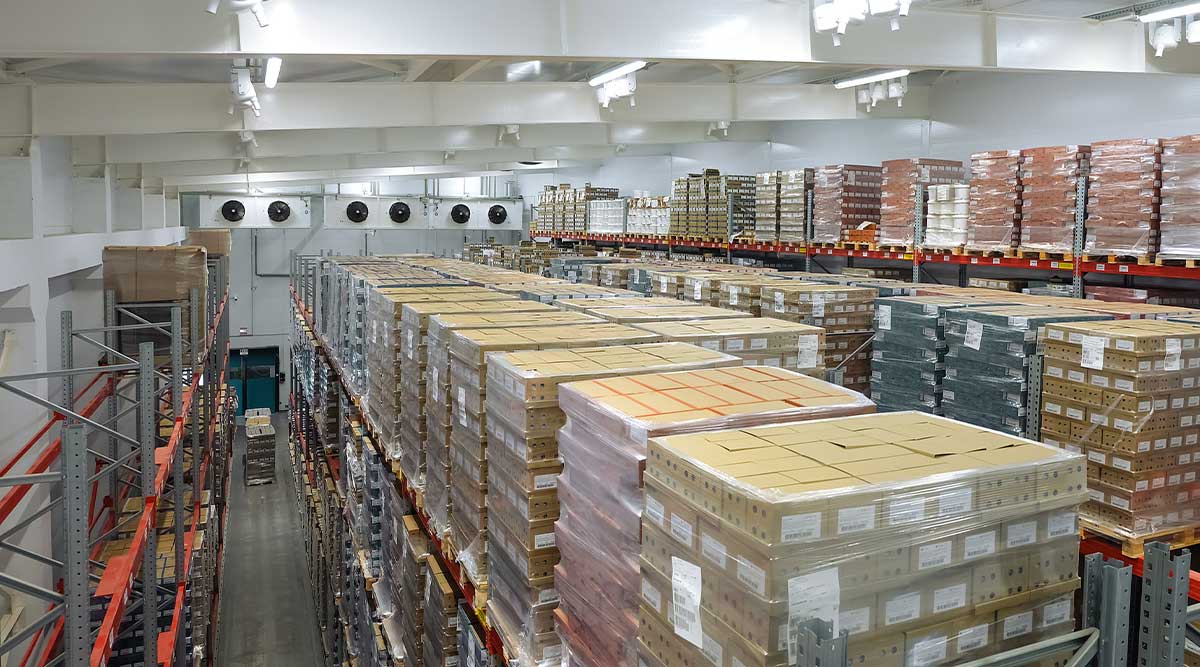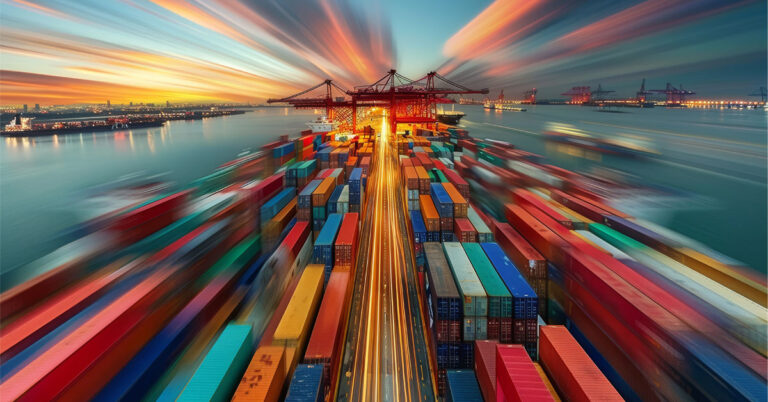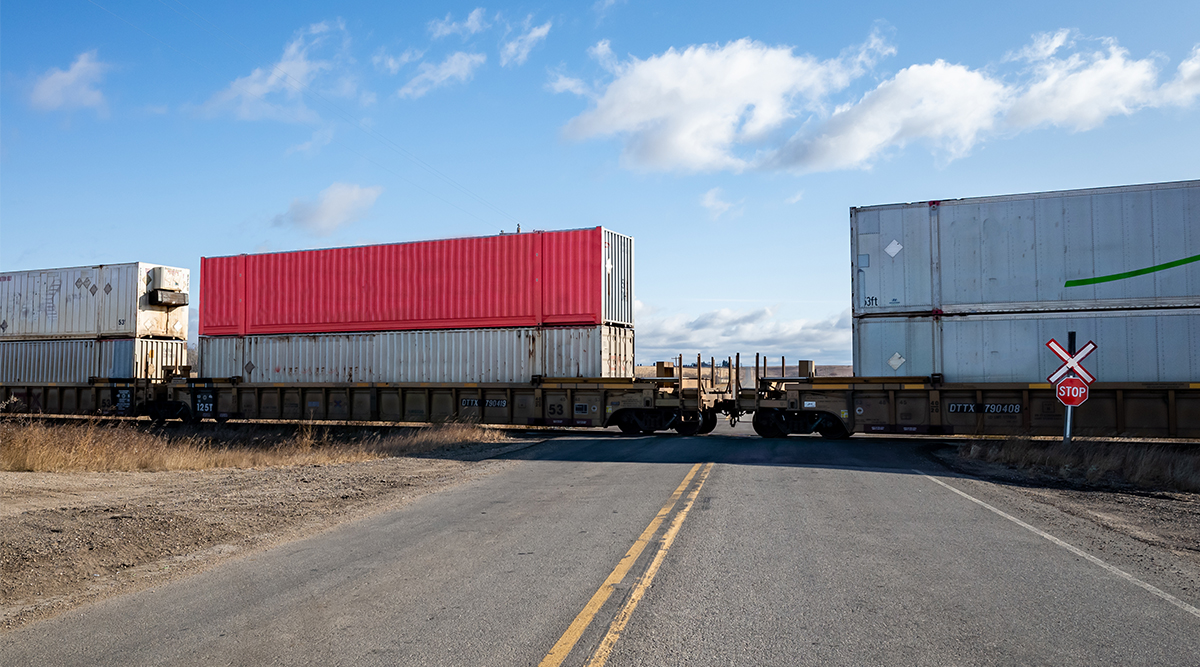Cold Storage Demand Is Increasing: How to Plan for Capacity Issues
Demand for cold storage space has increased due to the popularity of online grocery shopping and frozen food sales. The pandemic exacerbated the pressure on cold supply chains, leading to higher utilization rates and inventory challenges. To address this, food manufacturers are actively seeking additional storage capacity. But cold storage development takes time and significant capital investment, posing challenges for the industry.
There has been a notable increase in speculative development for cold storage, with projects proliferating faster than pre-pandemic rates. However, the growth in cold storage capacity may need help to keep pace with the soaring demand for e-commerce.
Small food manufacturers, in particular, feel the impact on their bottom line, experiencing price increases for cold storage and freight rates. Limited capacity at public warehouses has forced some companies to store frozen pallets across multiple locations. Some are exploring alternatives, such as dried products, to avoid the high costs associated with cold storage.
Planning for Capacity Issues
Navigating unprecedented surges in demand, similar to the pandemic-driven spikes in online grocery and frozen food sales that lead to cold storage shortages, requires close collaboration between shippers and supply chain partners.
By closely collaborating with our customers around planned and unplanned volume spikes, expansions, and acquisitions, our industry can stay ahead of capacity challenges by positioning facilities closer to their end consumers. These proactive strategies help improve time-sensitive delivery and fulfillment issues and optimize operational efficiencies, ultimately reducing service times and fostering resilience and efficiency in our supply ecosystems.
-Dennis Walton – VP Operations
-
Tariff Update: Where things are heading next
The buzz around tariffs has settled down over the last few weeks. Progress is being made in many areas, so the purpose of today’s post is...
+ Read more -
Successful 3PL-Customer Relationship – 6 Cornerstones
Hiring a third-party logistics (3PL) provider is a strategic approach for businesses to increase their capacity without expanding their...
+ Read more -
Canadian Rail Strike? – What We Know So Far
On May 1st, CN (Canadian National Railway) and CPKC (Canadian Pacific Kansas City) rail workers voted overwhelmingly to authorize a strike...
+ Read more




